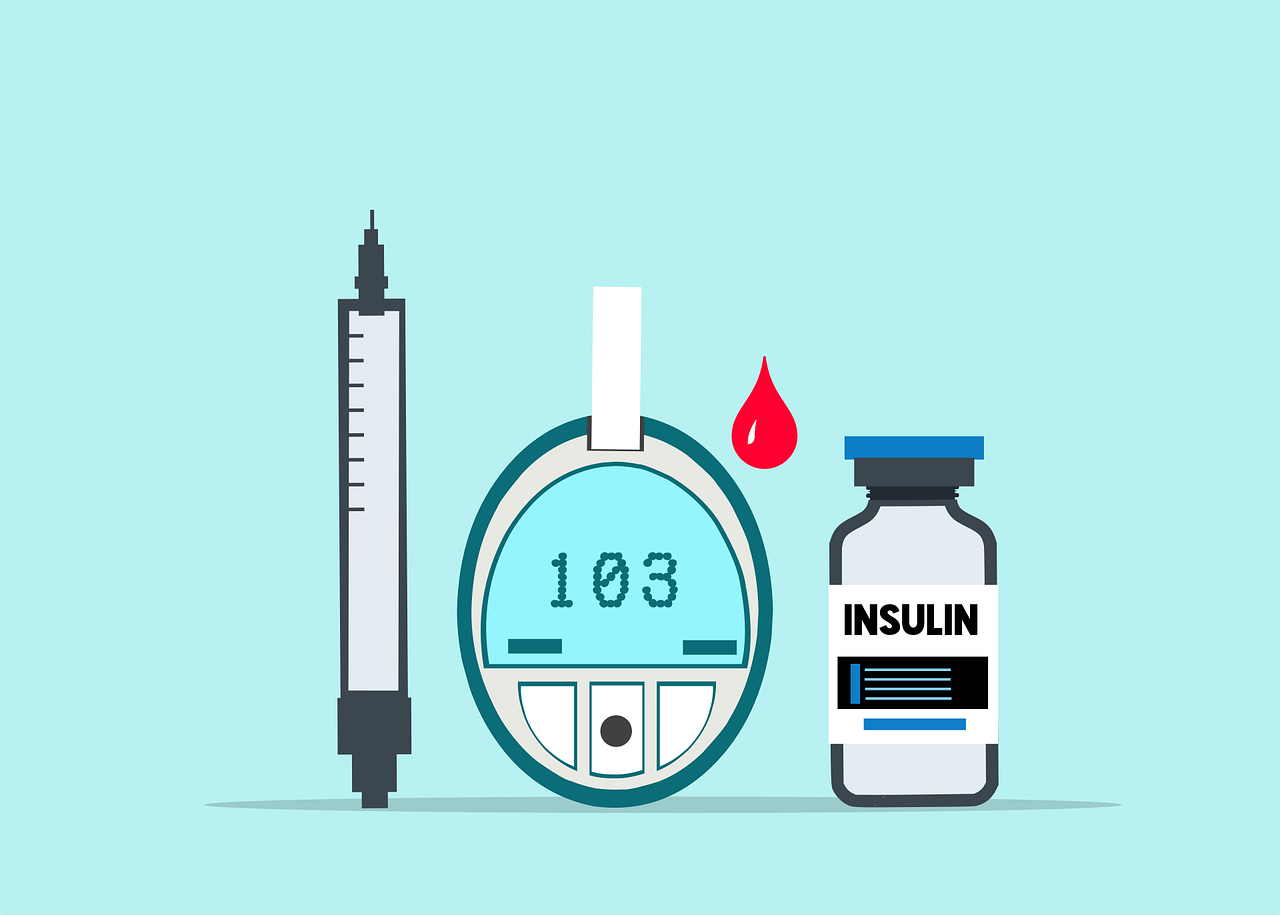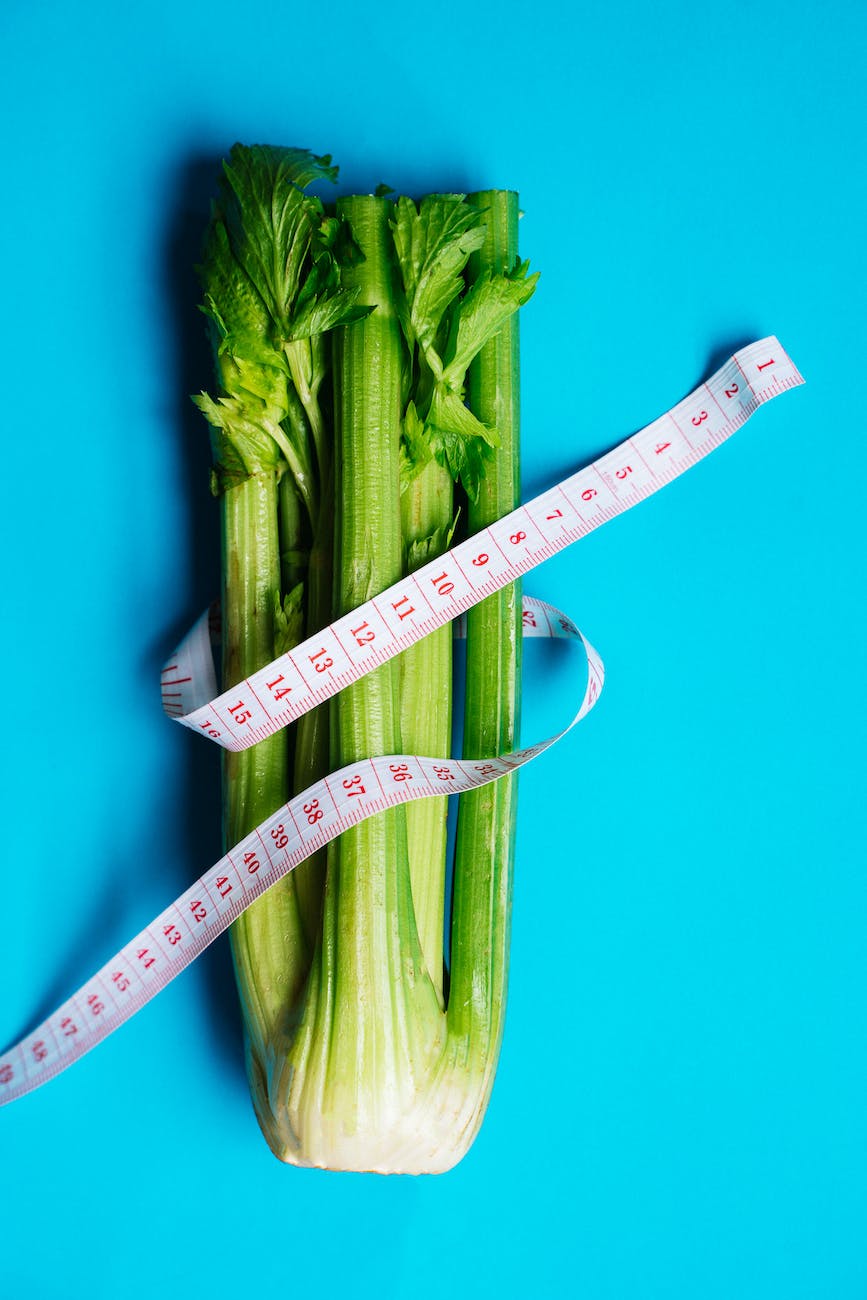
In recent years, intermittent fasting (IF) has gained immense popularity as a weight loss and health optimization strategy. But beyond its well-known weight loss benefits, can intermittent fasting play a role in regulating blood sugar levels? Let’s delve deep into the relationship between intermittent fasting and blood sugar management.
Understanding Blood Sugar and Its Importance Blood sugar, or glucose, is the primary source of energy for the body’s cells. It’s derived from the foods we eat and is crucial for optimal brain and body function. However, maintaining balanced blood sugar levels is essential to prevent conditions like diabetes, hypoglycemia, and other metabolic disorders.
Intermittent Fasting and Blood Sugar Regulation
- Insulin Sensitivity Improvement: One of the significant benefits of IF is its potential to improve insulin sensitivity. Enhanced insulin sensitivity ensures that cells can take up sugar from the bloodstream more efficiently, reducing the risk of high blood sugar levels.
- Reduction in Blood Sugar Levels: Some studies suggest that intermittent fasting can lead to a reduction in fasting blood sugar levels, making it a potential strategy for those with elevated blood sugar.
- A1C Levels: Hemoglobin A1C is a marker of long-term blood sugar control. Some individuals have reported a decrease in A1C levels after adopting intermittent fasting, indicating better blood sugar management over time.
Intermittent Fasting for Diabetics While intermittent fasting shows promise in blood sugar regulation, it’s essential for diabetic patients to approach it with caution. Always consult with a healthcare professional before starting any fasting regimen, especially if you’re on medications for diabetes.
Why Some People Experience Raised Blood Sugar Levels with IF It’s worth noting that some individuals might experience a temporary rise in blood sugar levels when they start intermittent fasting. This phenomenon can be attributed to the body’s stress response, which releases sugar into the bloodstream. Over time, as the body adapts to the fasting regimen, these levels often normalize.
Is Intermittent Fasting Suitable for Hypoglycemics? Hypoglycemia refers to abnormally low blood sugar levels. For individuals with hypoglycemia, intermittent fasting might pose challenges. It’s crucial to monitor blood sugar levels closely and ensure that the fasting window aligns with the body’s needs.
Conclusion Intermittent fasting offers a promising approach to blood sugar regulation for many. However, individual responses can vary. It’s essential to listen to your body, monitor blood sugar levels, and consult with healthcare professionals to ensure you’re adopting a fasting regimen that’s safe and beneficial for you.
Further Reading For those interested in diving deeper into the relationship between intermittent fasting and various health aspects, consider exploring our other articles:
Engage with Us! Have personal experiences with intermittent fasting and blood sugar regulation? Share your stories, tips, or questions in the comments below. Your insights might help someone else on their health journey!
FAQs: Intermittent Fasting and Blood Sugar Regulation
1. How does intermittent fasting affect insulin sensitivity? Intermittent fasting can improve insulin sensitivity, ensuring that cells can efficiently take up sugar from the bloodstream. This reduces the risk of high blood sugar levels and can be beneficial for those with insulin resistance.
2. Can intermittent fasting help reduce A1C levels? Yes, some individuals have reported a decrease in A1C levels after adopting intermittent fasting, indicating better long-term blood sugar management.
3. Is intermittent fasting safe for diabetics? While intermittent fasting shows promise for blood sugar regulation, diabetic patients should approach it with caution. It’s essential to consult with a healthcare professional and monitor blood sugar levels closely, especially if on diabetes medications.
4. Why did my blood sugar levels rise when I started intermittent fasting? Some individuals might experience a temporary rise in blood sugar levels when starting intermittent fasting due to the body’s stress response, which releases sugar into the bloodstream. As the body adapts to the fasting regimen, these levels often normalize.
5. Can hypoglycemics practice intermittent fasting? For individuals with hypoglycemia, intermittent fasting might pose challenges. It’s crucial to monitor blood sugar levels closely and ensure the fasting window aligns with the body’s needs. Always consult with a healthcare professional.
6. How does intermittent fasting compare to other diets for blood sugar regulation? Intermittent fasting focuses on eating windows rather than specific foods, making it different from diets like the ketogenic or low-glycemic diets. However, when combined with a balanced diet, IF can be a powerful tool for blood sugar regulation.
7. Can I drink water during my fasting window? Yes, drinking water is encouraged during the fasting window. Staying hydrated is essential, especially when fasting.
8. How long should I practice intermittent fasting to see improvements in blood sugar levels? Individual responses can vary, but many people report noticing changes within a few weeks to months. Regular monitoring and consultation with a healthcare professional are advised.
9. Are there any side effects of intermittent fasting related to blood sugar? Some individuals might experience dizziness, fatigue, or headaches due to fluctuations in blood sugar levels, especially when starting. It’s essential to listen to your body and adjust your fasting regimen accordingly.
10. Can I combine intermittent fasting with other dietary approaches for better blood sugar control? Yes, many individuals combine intermittent fasting with low-carb or ketogenic diets for enhanced blood sugar regulation. However, it’s essential to ensure that the chosen dietary approach is sustainable and aligns with individual health needs.
11. How can I ensure I’m getting enough nutrients while practicing intermittent fasting for blood sugar control? Focus on nutrient-dense foods during your eating window, including lean proteins, healthy fats, whole grains, and a variety of fruits and vegetables. Consider consulting with a nutritionist for personalized advice.
12. Can intermittent fasting help with other metabolic disorders besides diabetes? Yes, intermittent fasting has been shown to benefit various metabolic disorders, including obesity, metabolic syndrome, and cardiovascular diseases.
13. How can I track my blood sugar levels while practicing intermittent fasting? Regular monitoring using a glucometer can help track blood sugar levels. Some individuals also opt for continuous glucose monitors for real-time tracking.
14. Can intermittent fasting lead to hypoglycemia? While intermittent fasting can help regulate blood sugar levels, there’s a potential risk of hypoglycemia, especially in individuals taking diabetes medications. It’s crucial to monitor blood sugar levels and consult with a healthcare professional.
15. Are there specific foods recommended to break a fast for optimal blood sugar regulation? Opt for balanced meals with a mix of proteins, healthy fats, and complex carbohydrates. Foods like avocados, nuts, lean meats, and whole grains can be excellent choices. For more insights, consider exploring our article on Best Foods to Break a Fast.
Remember, while intermittent fasting can offer numerous health benefits, it’s essential to approach it with knowledge and caution, especially concerning blood sugar regulation. Always consult with healthcare professionals when making significant dietary changes.
Blog Tags: Intermittent Fasting, Blood Sugar Regulation, Diabetes and Fasting, Insulin Sensitivity, A1C Levels, Hypoglycemia and Fasting, Fasting Benefits, Glucose Levels, Diabetic Patients, Fasting Research.














